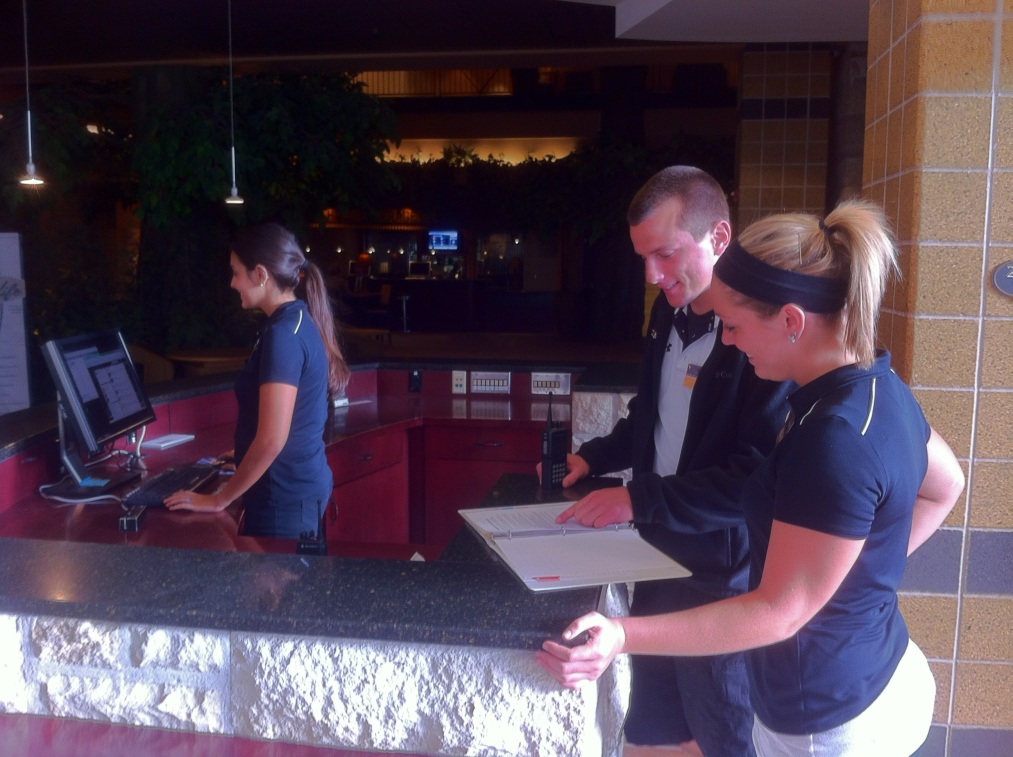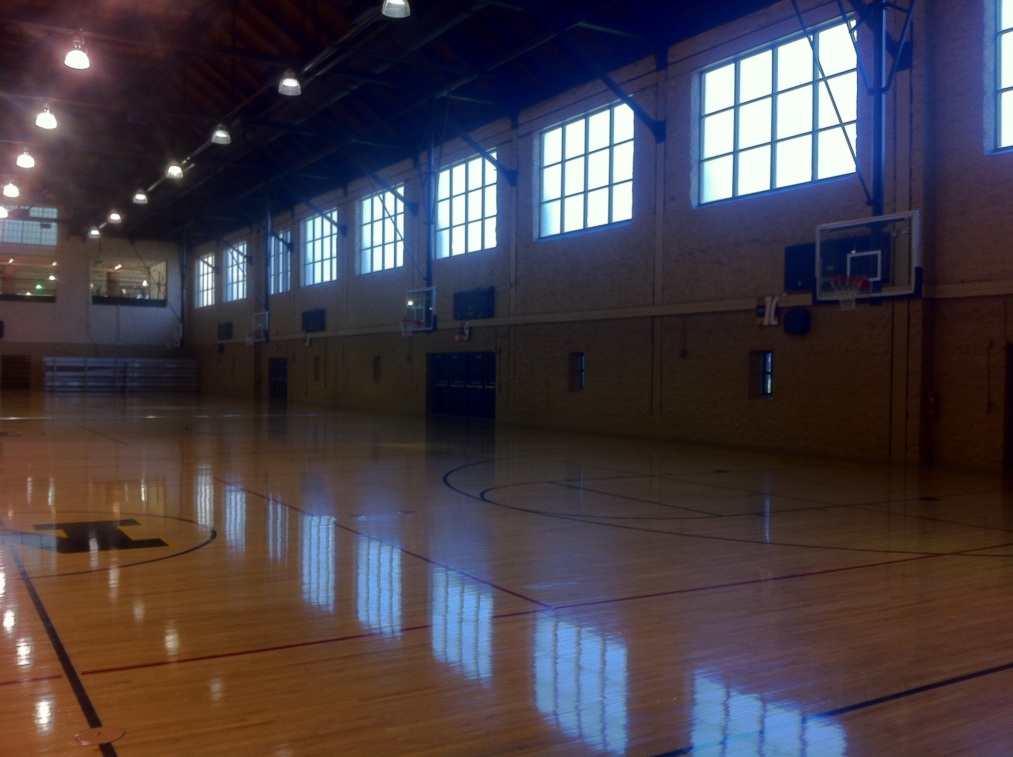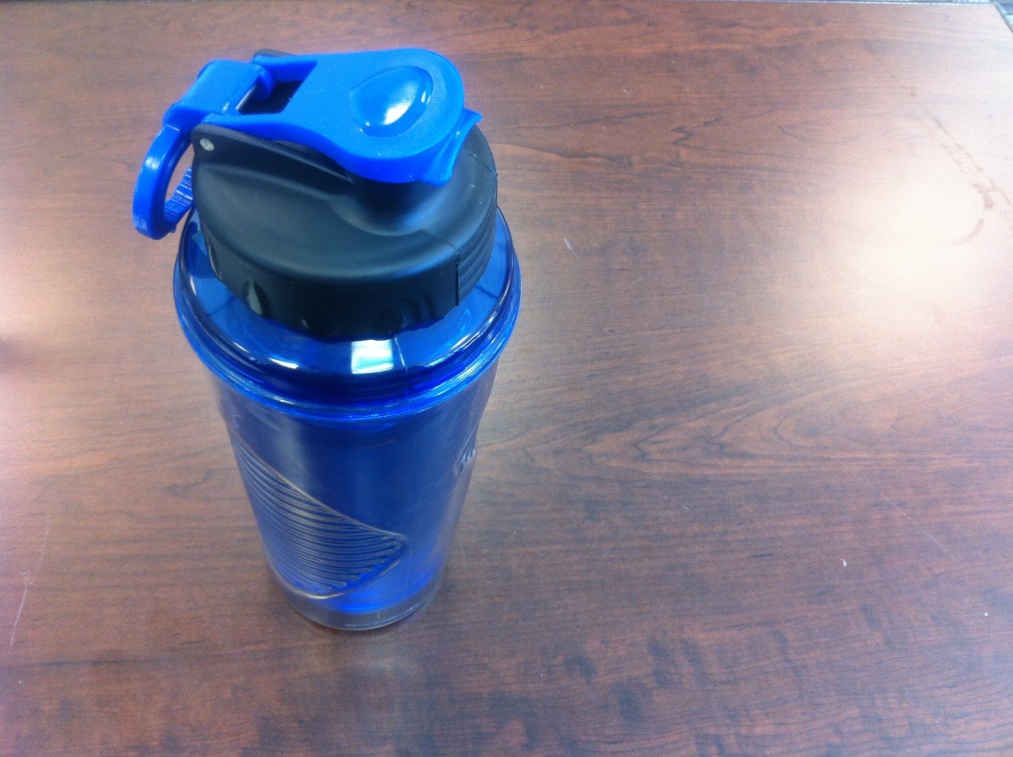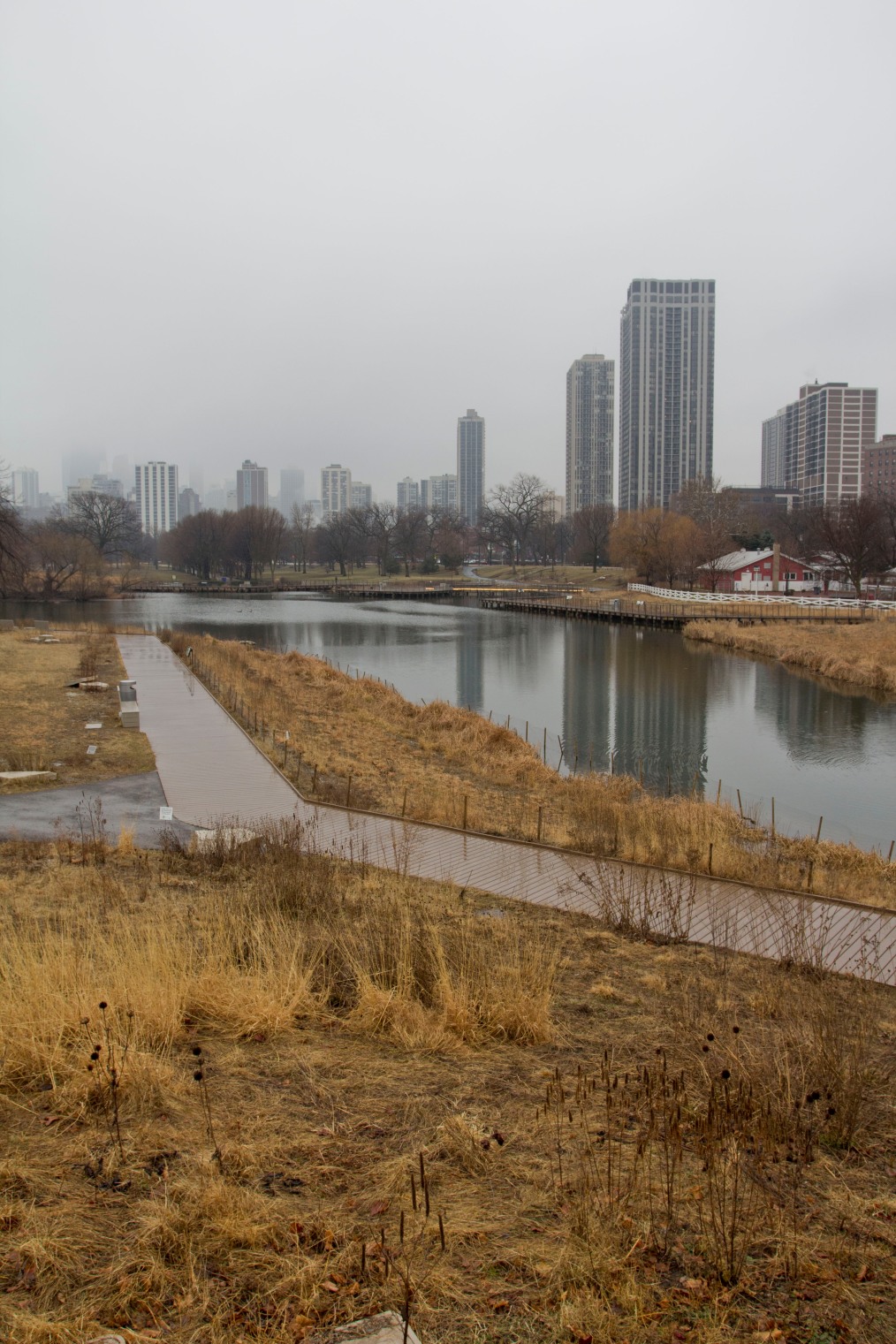Headline: MU Catches the Snitch
Slug: MU Quidditch
Text story: As a sport from a fictional book, we will explore how MU began a Quidditch team, who the players are, and who they compete against. We will also follow them during practice and see how they adapted the fictional sport to be played on the ground.
Writer: Katie Roach
Editor: Luke Leonard and Jessica Salmond
Due date: April 20th, 2012
Stills Slug: Photographs will depict the team practice and interaction. Detail shots will include pictures of equipment, and wide shots showing the Quad, where they practice and shots of some of the players in action.
Photographer: Jessica Salmond
Editors: Luke and Katie
Assignment dates: Mondays, Wednesdays, and Sundays at 5pm (time of team practice).
Due Date: April 20th, 2012
Video Slug: Film will show exactly how the game is played. By filming actual Quidditch matches, we can give our audience a better understanding of the rules, strategies, and team interaction. Close up shots of the equipment and play will also be included.
Videographer: Luke Leonard
Assignment dates: Mondays, Wednesdays, and Sundays at 5pm.
Editor: Luke, Jessica and Katie
Due Date: April 20th, 2012
Final Deadline: April 22nd, 2012
Copy Editor: All team members.
Web page designer: Primary – Katie Roach. Jessica and Luke as secondary designers.
Usability Testing: April 22, 2012
Finish Date: April 22, 2012
We’ll need to have all members involved in the publication to consent to being shown in photographs and in video for our project. After we speak to the team we will ask whether they are okay with it and if they want to they can sign to the following agreement.
I, as a person depicted in the web publication “MU Catches the Snitch”, give permission for my photographs and opinions to be published to public domain. I also give permission for the use of footage I am depicted in, in the publication, to be used as necessary for the production of “MU Catches the Snitch”.




